Home>Gardening & Outdoor>Outdoor Structures>What Is An Awning
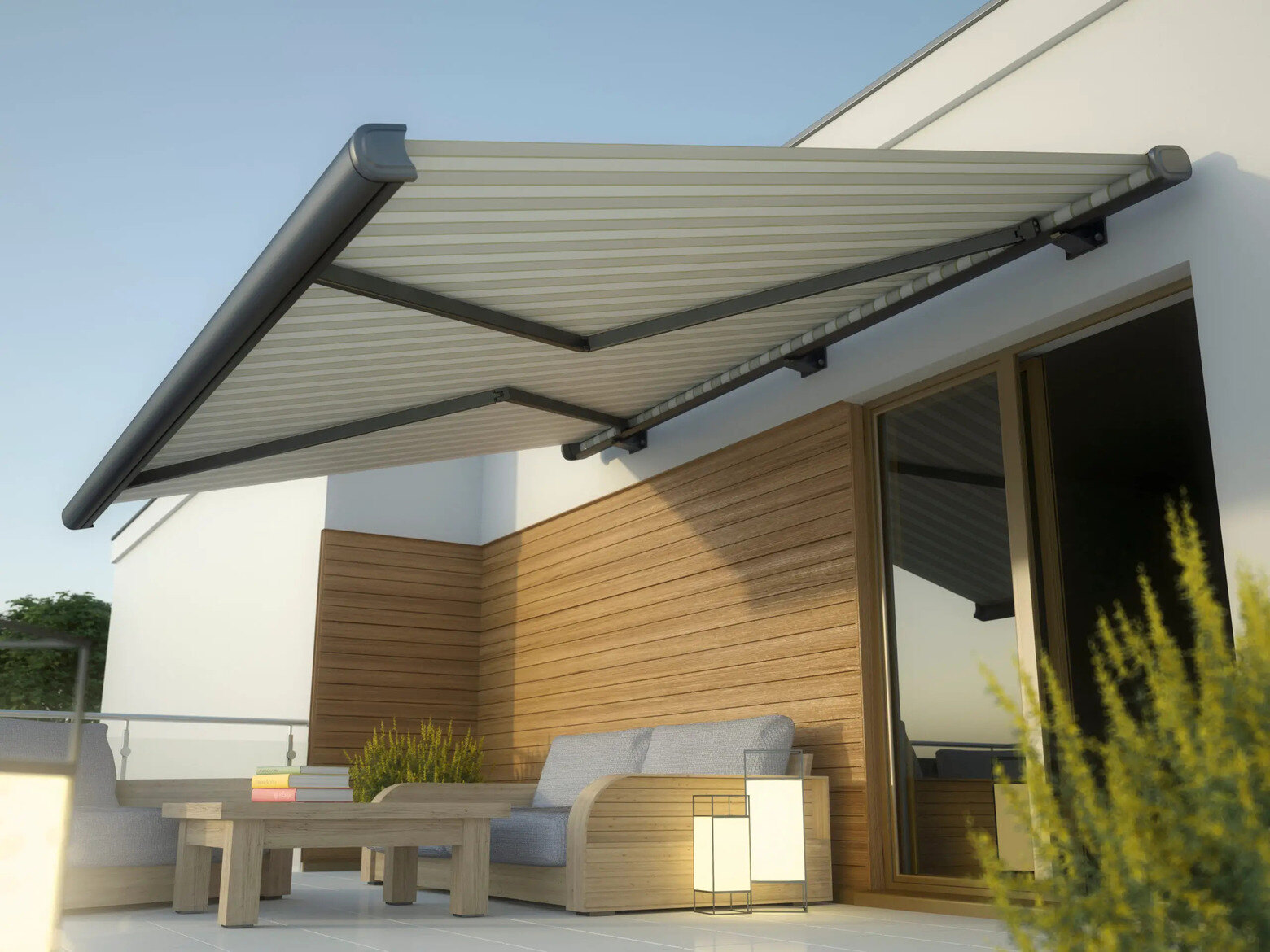

Outdoor Structures
What Is An Awning
Modified: March 24, 2024
Learn about the benefits of outdoor structures like awnings. Discover how awnings can enhance your outdoor living space and provide shade and protection.
(Many of the links in this article redirect to a specific reviewed product. Your purchase of these products through affiliate links helps to generate commission for Storables.com, at no extra cost. Learn more)
Introduction
Welcome to the wonderful world of awnings! Whether you're a homeowner, business owner, or outdoor enthusiast, awnings are a versatile and practical addition to any outdoor space. These functional and stylish structures not only provide shade and protection from the elements but also enhance the aesthetic appeal of a property.
In this comprehensive guide, we'll delve into the various aspects of awnings, including their definition, types, benefits, materials, installation, and maintenance. By the end of this journey, you'll have a deeper understanding of the value that awnings bring to both residential and commercial settings, as well as the factors to consider when choosing and caring for these outdoor structures.
So, let's embark on an exploration of awnings, uncovering their versatility, beauty, and functionality. Whether you're seeking relief from the sun's rays, a cozy outdoor retreat, or a stylish addition to your property, awnings have you covered—literally and figuratively!
Key Takeaways:
- Awnings are versatile outdoor structures that provide shade, protection, and style to residential and commercial spaces, enhancing comfort and aesthetics while offering customizable design options.
- Understanding the benefits, materials, and maintenance of awnings empowers property owners to create inviting and functional outdoor areas, extending living spaces and adding visual appeal to their properties.
Read more: What Is Awning Fabric
Definition of an Awning
An awning is a secondary covering attached to the exterior wall of a building or structure. It typically consists of a lightweight, durable fabric or other material stretched over a frame to provide shade, shelter, and aesthetic enhancement to outdoor areas. Awnings come in a variety of shapes, sizes, and styles, making them versatile additions to residential, commercial, and recreational spaces.
These versatile structures serve multiple purposes, including shielding windows and outdoor living spaces from the sun’s heat and harmful UV rays, protecting entryways from rain and snow, and adding visual interest and architectural charm to buildings. Awnings can be fixed or retractable, offering flexibility in their usage and adaptability to different weather conditions and functional needs.
From traditional window awnings adorning homes to expansive patio and deck awnings creating inviting outdoor lounging areas, these structures play a vital role in enhancing comfort and functionality while contributing to the overall design and ambiance of a property.
As we continue our exploration, we’ll uncover the diverse types of awnings available, their unique benefits, the materials used in their construction, and the essential considerations for installation and maintenance. By understanding the definition and versatility of awnings, you’ll be better equipped to make informed decisions about incorporating these valuable outdoor structures into your living or working space.
Types of Awnings
Awnings come in a variety of types, each designed to suit specific functional and aesthetic needs. Understanding the different types of awnings can help you make an informed decision when selecting the ideal option for your outdoor space. Here are some common types of awnings:
- Retractable Awnings: These versatile awnings can be extended to provide shade and protection or retracted to allow sunlight and open views. They are ideal for decks, patios, and windows, offering flexibility in controlling light and weather exposure.
- Fixed Awnings: Also known as stationary awnings, these structures are permanently installed and provide continuous protection from the elements. They are commonly used for windows, doors, and storefronts, adding a touch of elegance and functionality to the building’s exterior.
- Freestanding Awnings: These standalone awnings are not attached to a building and are supported by their own framework. They are perfect for creating shaded areas in open spaces such as gardens, poolside lounges, and outdoor seating areas.
- Window Awnings: Specifically designed to shade windows, these awnings help reduce indoor heat and glare while enhancing the exterior appearance of the building. They come in various styles, including traditional fixed designs and modern retractable options.
- Patio Awnings: Engineered to cover large outdoor areas, patio awnings provide shade and shelter for dining, relaxation, and entertainment spaces. They can be retractable or fixed, offering a seamless blend of comfort and style for outdoor living.
- Motorized Awnings: These innovative awnings feature motorized mechanisms for effortless extension and retraction. With the convenience of remote control or automated sensors, motorized awnings offer a high level of convenience and adaptability to changing weather conditions.
Each type of awning brings its own set of advantages and design possibilities, catering to diverse preferences and practical requirements. Whether you’re seeking a flexible shading solution, a permanent weather barrier, or an eye-catching architectural feature, there’s an awning type that aligns with your vision for enhancing your outdoor space.
As we move forward, we’ll explore the benefits of incorporating awnings into your property, shedding light on the value and functionality that these versatile structures offer in various settings.
Benefits of Awnings
Awnings offer a wide array of benefits that extend beyond simple shade provision. Understanding the advantages of these versatile structures can help you appreciate their impact on both the aesthetic and functional aspects of your outdoor space. Here are some key benefits of incorporating awnings into your residential or commercial property:
- UV Protection: Awnings provide a shield against harmful UV rays, helping to protect your skin and outdoor furniture from sun damage. By reducing direct sunlight exposure, awnings contribute to a safer and more comfortable outdoor environment.
- Energy Efficiency: By shading windows and outdoor living areas, awnings help regulate indoor temperatures, reducing the need for excessive air conditioning and lowering energy costs. This energy efficiency not only benefits your wallet but also promotes environmental sustainability.
- Enhanced Curb Appeal: Awnings add visual interest and architectural charm to buildings, enhancing their overall appearance. With a wide range of colors, patterns, and designs available, awnings can complement the aesthetic style of your property while creating a welcoming and polished exterior look.
- Extended Outdoor Living Space: Whether it’s a cozy patio, a vibrant garden, or a bustling café terrace, awnings expand usable outdoor areas by providing shelter from sun, rain, and wind. This extension of living or dining spaces allows for more enjoyable outdoor experiences throughout the year.
- Weather Protection: From shielding windows and doors from rain and snow to creating a dry and comfortable outdoor retreat, awnings offer reliable protection against various weather conditions, ensuring that your outdoor activities are not disrupted by inclement weather.
- Customizable Design Options: With a wide range of materials, colors, and styles to choose from, awnings can be tailored to match your unique preferences and complement the architectural character of your property. This customization allows for personalized and cohesive outdoor design concepts.
By harnessing these benefits, awnings become valuable additions that contribute to the comfort, aesthetics, and practicality of your outdoor spaces. Whether you’re looking to create a shaded oasis in your backyard, enhance the functionality of a commercial storefront, or elevate the visual appeal of your property, awnings offer a versatile solution with a multitude of advantages.
As we delve deeper into the world of awnings, we’ll explore the common materials used in their construction, shedding light on the durability, aesthetics, and maintenance considerations associated with these essential components of awning design.
Common Materials Used for Awnings
The choice of materials plays a crucial role in determining the durability, aesthetics, and functionality of awnings. From fabric to metal, various materials are utilized in the construction of awnings, each offering distinct characteristics and design possibilities. Here are some common materials used for awnings:
- Acrylic Fabric: Known for its vibrant colors, resistance to fading, and mold/mildew resistance, acrylic fabric is a popular choice for awnings. It provides excellent UV protection and is easy to maintain, making it suitable for a wide range of outdoor applications.
- Polyester Fabric: Polyester awning fabric offers durability, wrinkle resistance, and a wide selection of colors and patterns. It is often treated to enhance water resistance and UV protection, making it a practical and visually appealing choice for awning construction.
- Aluminum: Lightweight, rust-resistant, and low-maintenance, aluminum is commonly used for awning frames. It provides structural stability and can be powder-coated in various colors to complement the fabric, creating a cohesive and stylish awning design.
- Steel: Steel awning frames offer exceptional strength and durability, making them suitable for larger awnings and commercial applications. While steel requires protective coatings to prevent rust, it provides robust support for awning structures.
- Canvas: Traditional canvas awning fabric offers a classic, natural look and is known for its breathability and weather resistance. It can be treated for water repellency and is often chosen for its timeless appeal and suitability for historical or vintage-themed properties.
- PVC Fabric: PVC-coated fabric is highly durable, waterproof, and easy to clean, making it a practical choice for awnings exposed to heavy rain or harsh weather conditions. It provides reliable protection and is available in a variety of colors and textures.
By understanding the characteristics and benefits of these materials, you can make informed decisions when selecting the ideal fabric and frame for your awning. The careful consideration of materials ensures that your awning not only meets your functional needs but also aligns with your aesthetic preferences and long-term maintenance requirements.
As we progress, we’ll explore the crucial aspects of installing and maintaining awnings, providing valuable insights into ensuring the longevity and performance of these essential outdoor structures.
An awning is a roof-like cover that is attached to the exterior wall of a building. It provides shade and protection from the sun and rain for windows, doors, or outdoor spaces. Awnings can be made of fabric, metal, or other materials.
Read more: What Is An Awning Window
Installation and Maintenance of Awnings
Proper installation and regular maintenance are essential for ensuring the longevity, functionality, and visual appeal of awnings. Whether you’re considering a DIY installation or seeking professional assistance, understanding the key steps and maintenance practices is crucial for maximizing the performance and lifespan of your awning. Here’s a comprehensive guide to the installation and maintenance of awnings:
Installation:
1. Assessment and Planning: Evaluate the intended location for the awning, considering factors such as sun exposure, wind direction, and architectural compatibility. Determine the appropriate size and type of awning based on your specific requirements and the available space.
2. Frame and Mounting: Ensure that the awning frame is securely anchored to the building’s exterior, using appropriate hardware and mounting brackets. Follow the manufacturer’s guidelines for proper spacing and attachment to support the weight and wind resistance of the awning.
3. Fabric Installation: If your awning features a fabric cover, carefully stretch and secure the material to the frame, ensuring a taut and wrinkle-free surface. Pay attention to proper tensioning and alignment to achieve a professional and visually appealing result.
4. Motorized Awnings: If installing a motorized awning, ensure that electrical connections are safely and professionally integrated, following local building codes and regulations. Test the motorized mechanism for smooth operation and program any remote control or automation features as needed.
Maintenance:
1. Regular Cleaning: Keep the awning fabric or material clean by gently brushing off debris and regularly washing it with mild soap and water. This helps prevent dirt buildup, mold, and discoloration, preserving the appearance and longevity of the awning.
2. Frame Inspection: Periodically inspect the awning frame, brackets, and mounting hardware for signs of wear, corrosion, or damage. Tighten any loose fasteners and address any structural issues to maintain the stability and safety of the awning.
3. Lubrication and Adjustment: For motorized awnings, lubricate moving parts as recommended by the manufacturer and ensure that the mechanism operates smoothly. Make any necessary adjustments to the tension and alignment of the fabric to prevent sagging or stretching over time.
4. Seasonal Care: Before extreme weather seasons, such as winter or heavy storms, take proactive measures to secure and protect the awning. Retract or secure the awning to prevent damage from strong winds, heavy snow, or other adverse conditions.
By following these installation and maintenance guidelines, you can ensure that your awning remains in optimal condition, providing reliable shade, protection, and visual appeal for years to come. Whether it’s a charming window awning, a spacious patio cover, or a sleek storefront canopy, proper care and attention contribute to the enduring functionality and beauty of these essential outdoor structures.
As we conclude our exploration of awnings, we invite you to consider the valuable role that these versatile structures play in enhancing outdoor comfort, style, and functionality. Whether you’re seeking to create a shaded retreat, elevate the curb appeal of your property, or optimize the outdoor experience for your customers, awnings offer a compelling solution that merges practicality with aesthetic appeal.
Conclusion
As we draw the curtains on our journey through the world of awnings, we’ve uncovered the multifaceted nature of these outdoor structures, each offering a blend of functionality, style, and practicality. From providing shade and weather protection to enhancing the visual appeal of residential and commercial properties, awnings stand as versatile assets that contribute to the comfort and aesthetics of outdoor spaces.
Throughout our exploration, we’ve learned that awnings come in various types, including retractable, fixed, freestanding, and motorized options, each tailored to specific needs and design preferences. We’ve also delved into the numerous benefits that awnings offer, such as UV protection, energy efficiency, extended outdoor living space, and customizable design options, all of which enrich the outdoor experience and add value to properties.
Understanding the common materials used in awning construction has shed light on the importance of selecting durable, weather-resistant fabrics and sturdy frames, ensuring that awnings not only look appealing but also withstand the elements for years to come. Additionally, the crucial aspects of installation and maintenance have been emphasized, underscoring the significance of proper setup, regular care, and seasonal attention to preserve the functionality and aesthetics of awnings.
As you contemplate the potential of awnings in your own outdoor spaces, whether it’s a quaint residential patio, a bustling commercial storefront, or a serene garden retreat, consider the transformative impact that these versatile structures can have on your outdoor lifestyle and property aesthetics. By harnessing the benefits of shade, weather protection, and visual enhancement, awnings offer a compelling solution that harmonizes with diverse architectural styles and outdoor design concepts.
Whether you envision a cozy nook under a retractable awning, a vibrant outdoor dining area shaded by a patio awning, or a series of elegant window coverings adorning your home, the world of awnings invites you to explore the endless possibilities of creating inviting, comfortable, and stylish outdoor spaces.
As you venture forth with a deeper understanding of awnings and their potential to elevate your outdoor living experience, may you find inspiration in the versatility, beauty, and functionality that these essential outdoor structures bring to your world.
So, go ahead, step into the shade, embrace the charm, and let the allure of awnings transform your outdoor realm into a captivating oasis of comfort and style!
Frequently Asked Questions about What Is An Awning
Was this page helpful?
At Storables.com, we guarantee accurate and reliable information. Our content, validated by Expert Board Contributors, is crafted following stringent Editorial Policies. We're committed to providing you with well-researched, expert-backed insights for all your informational needs.
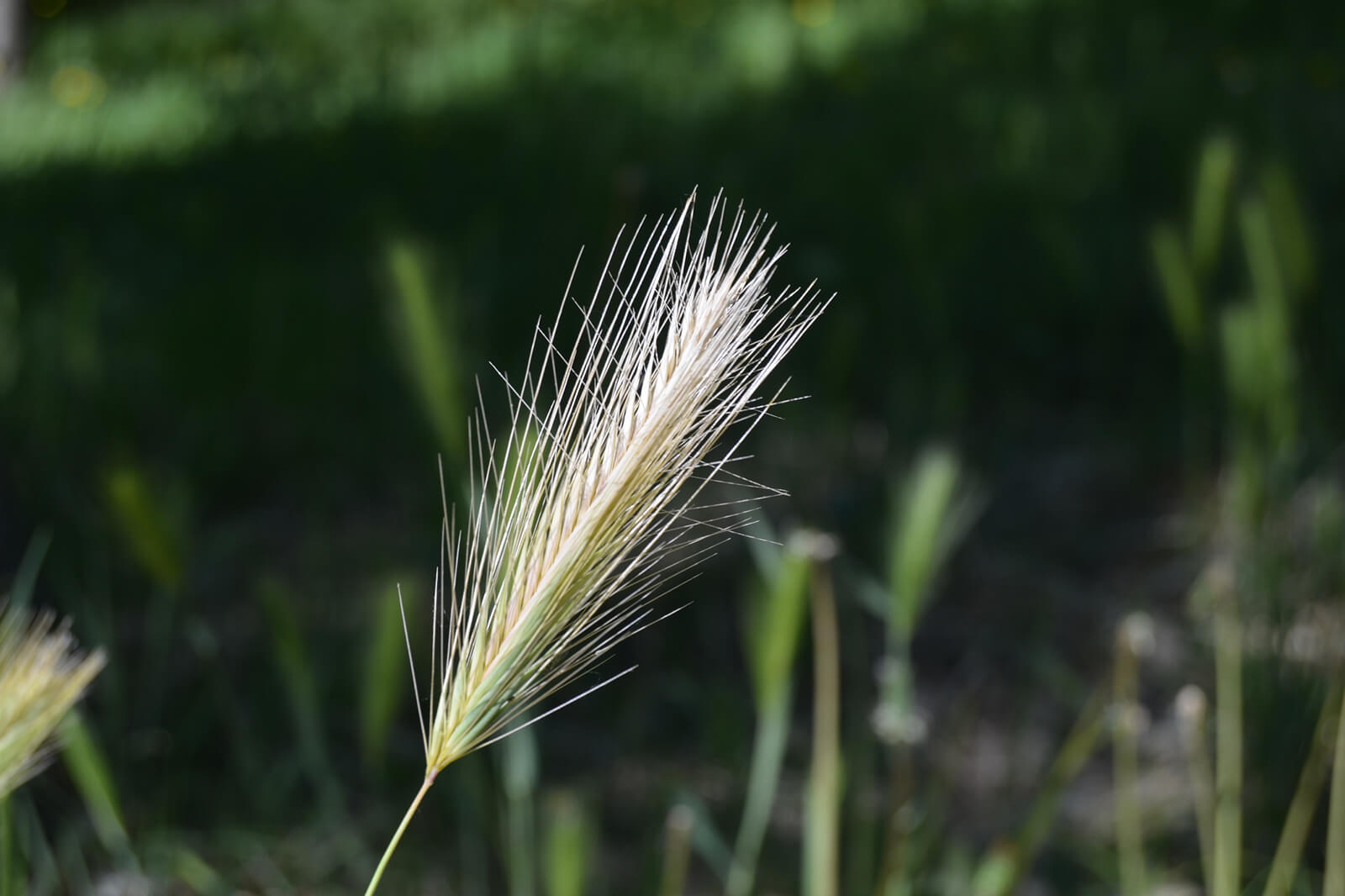
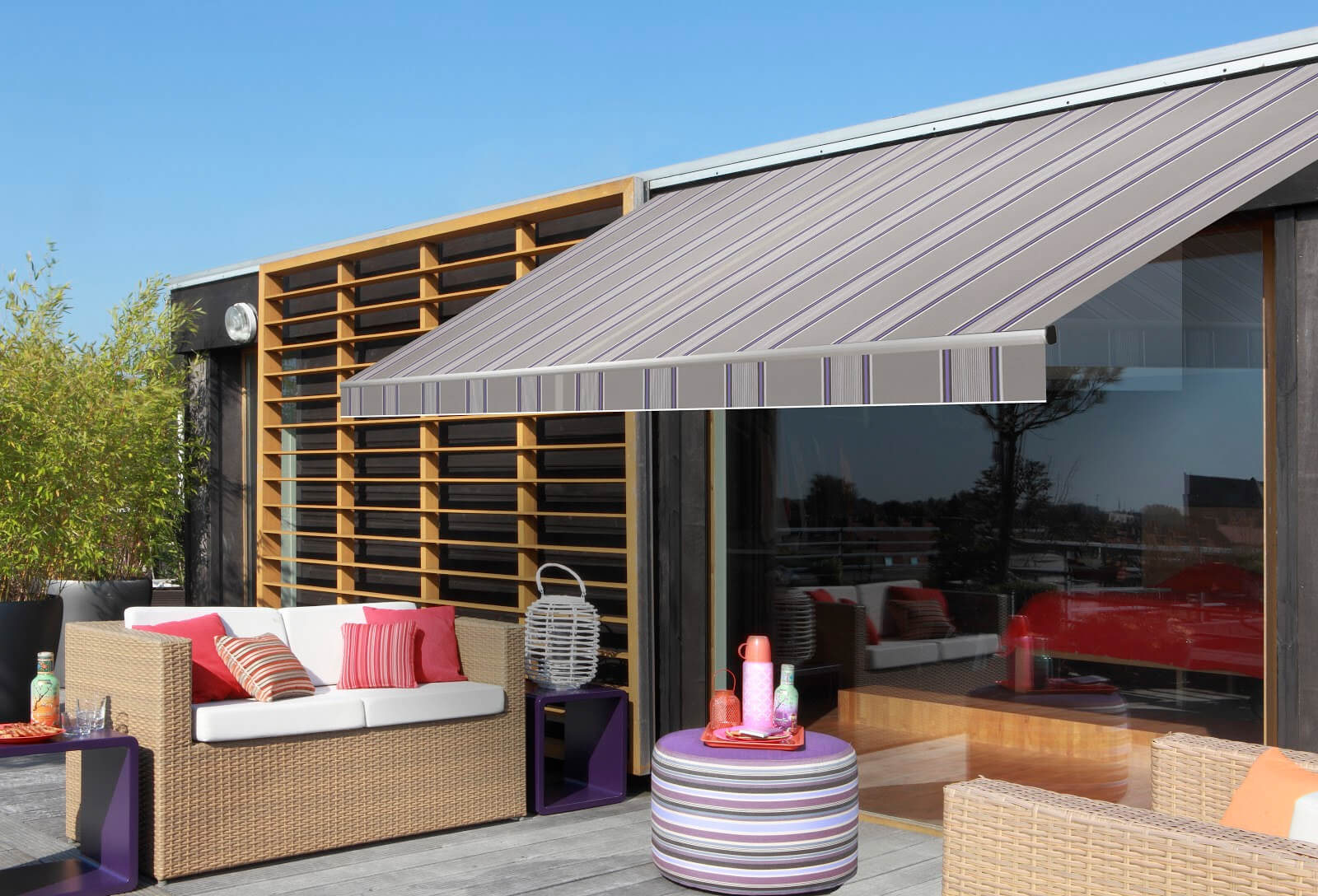
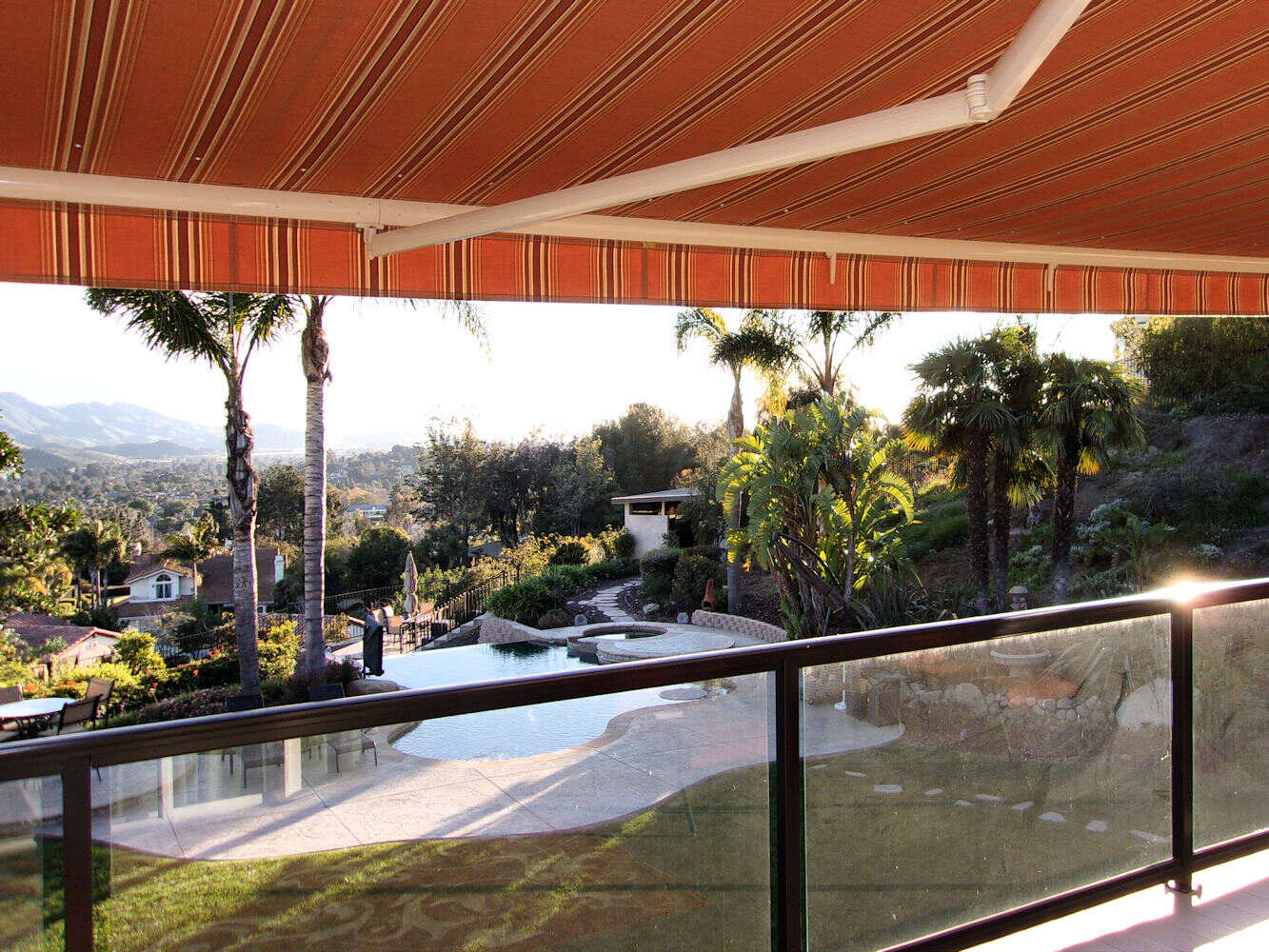
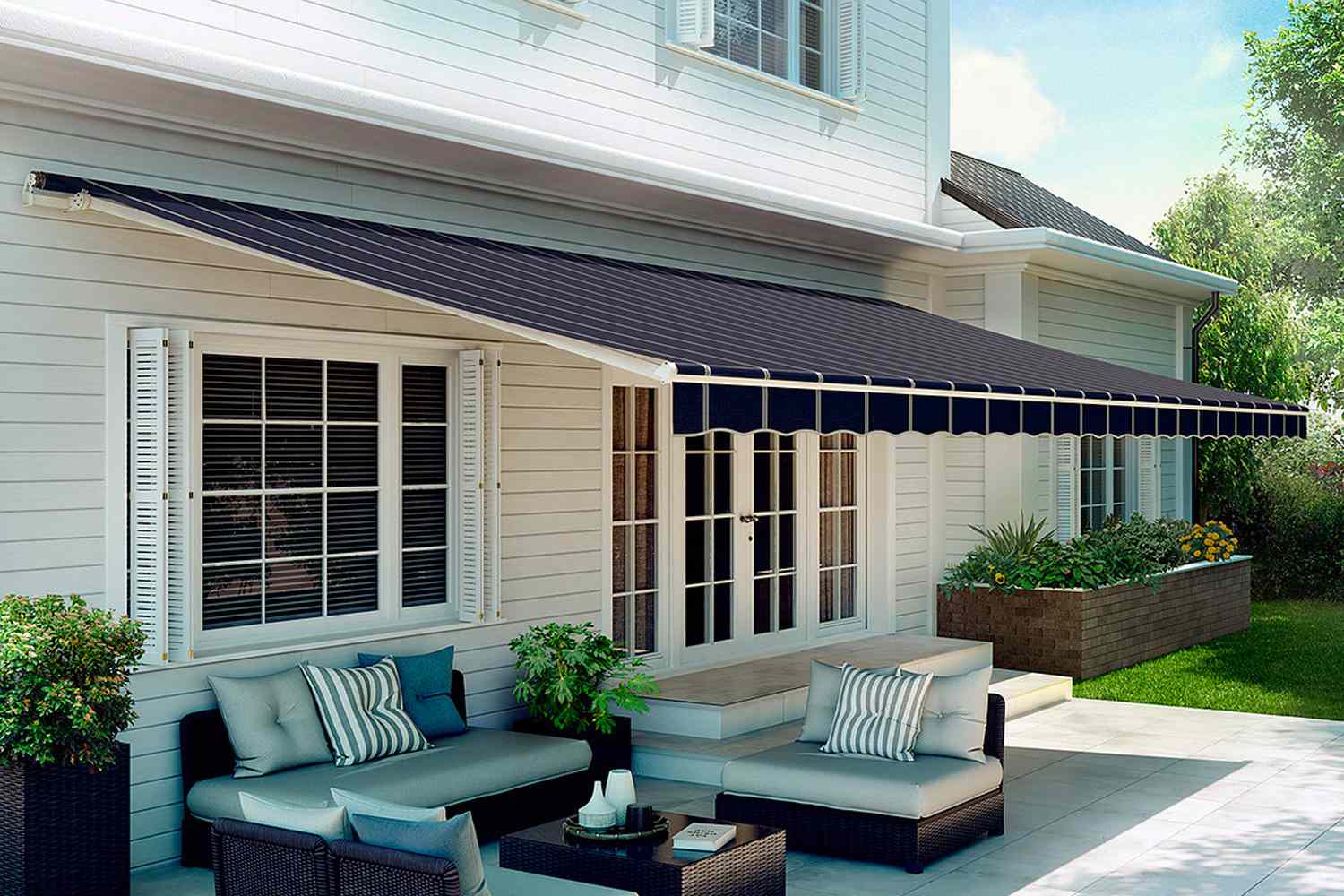
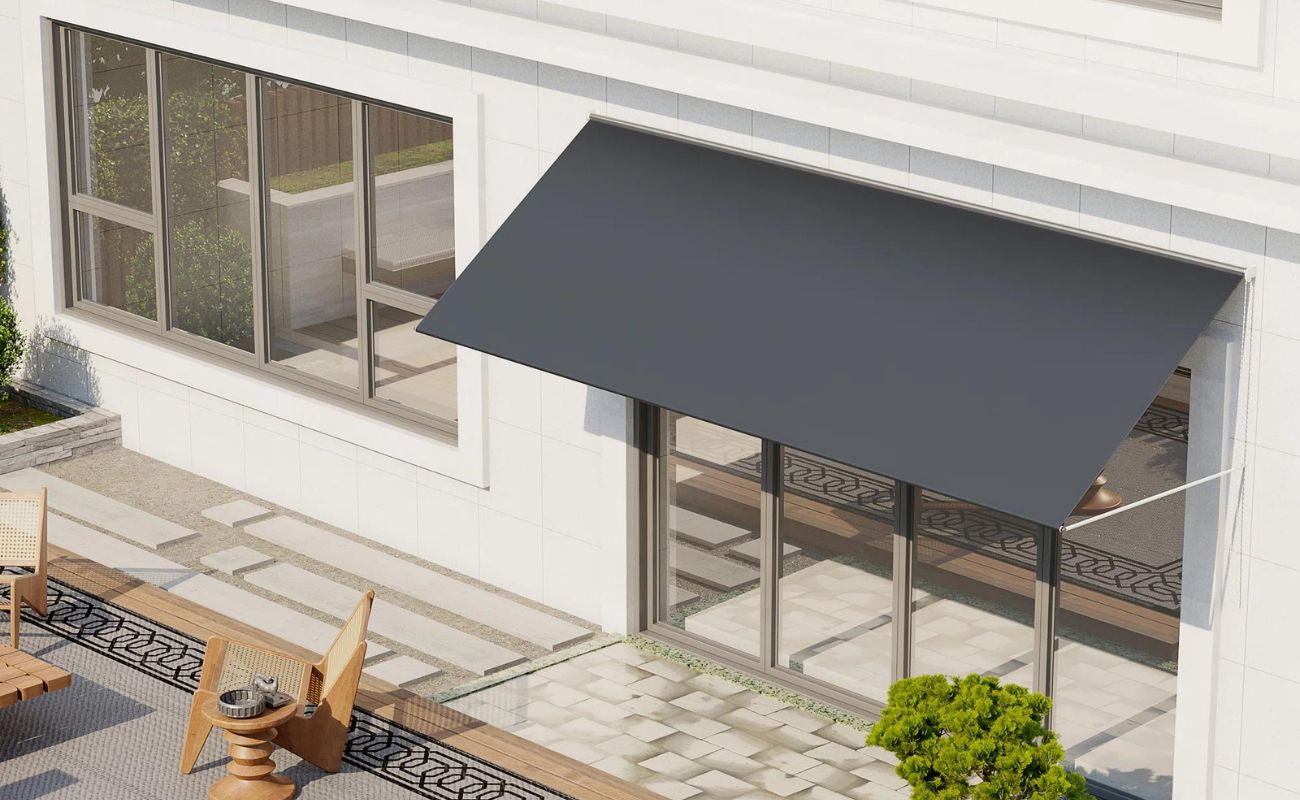
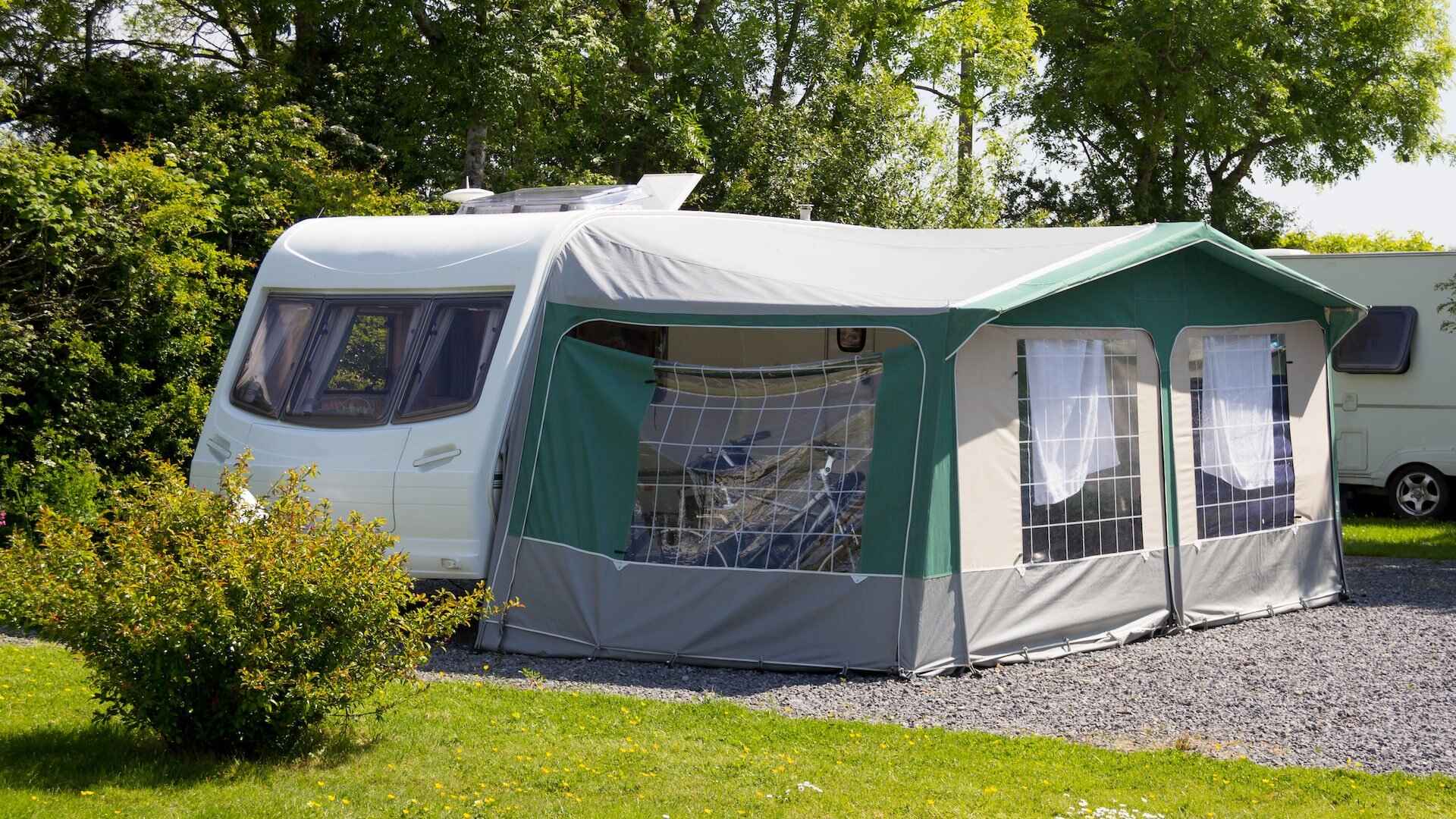
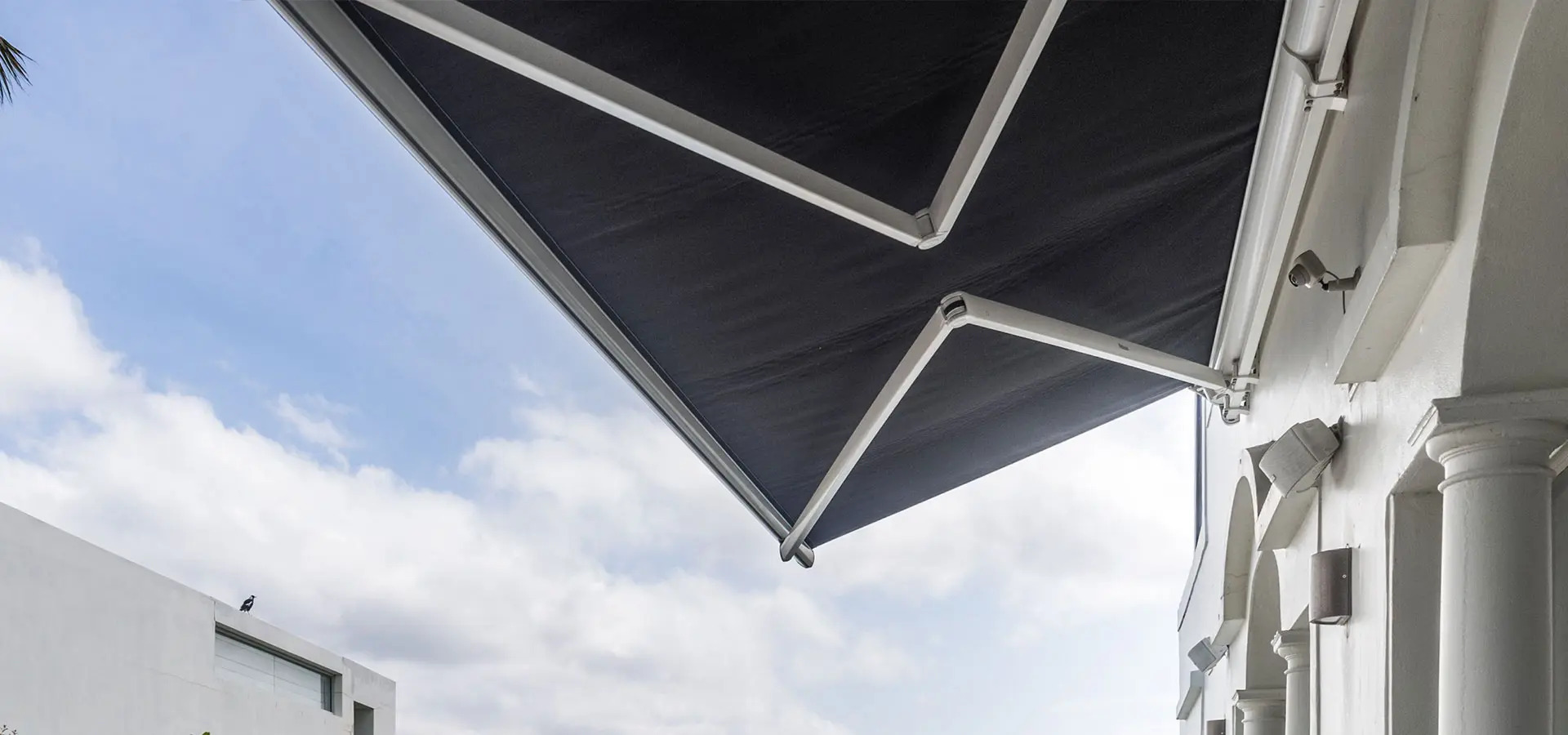
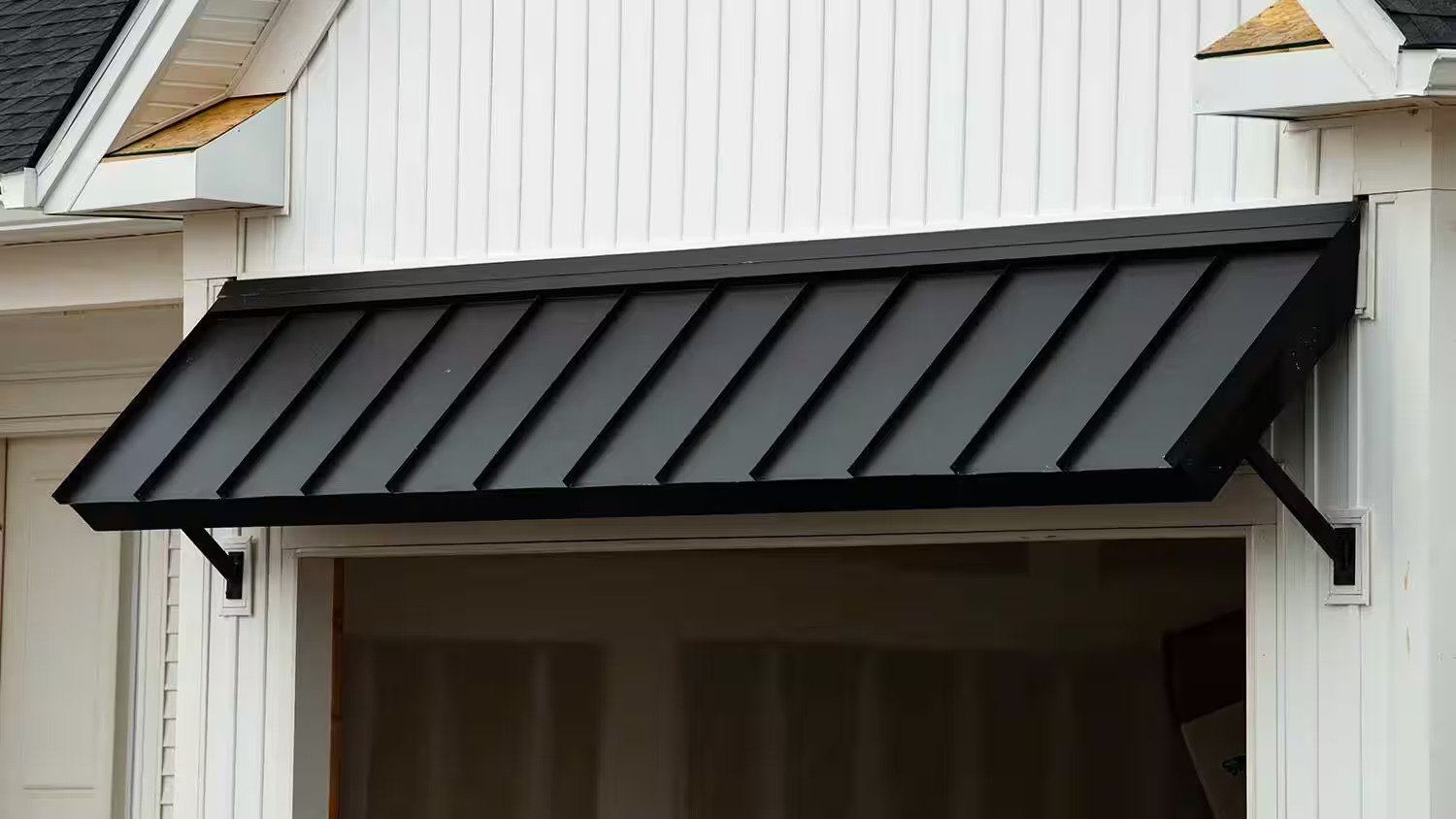
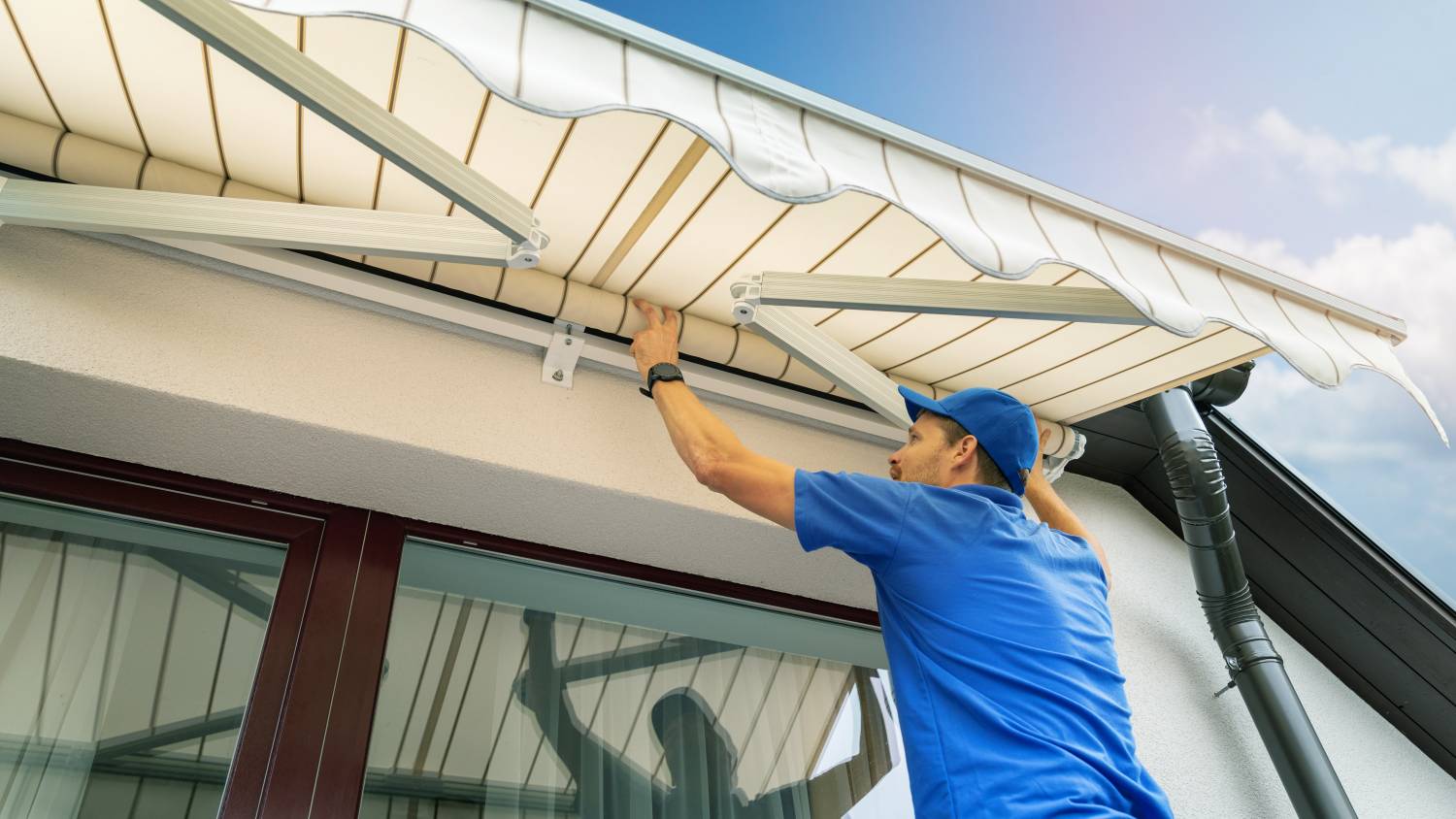
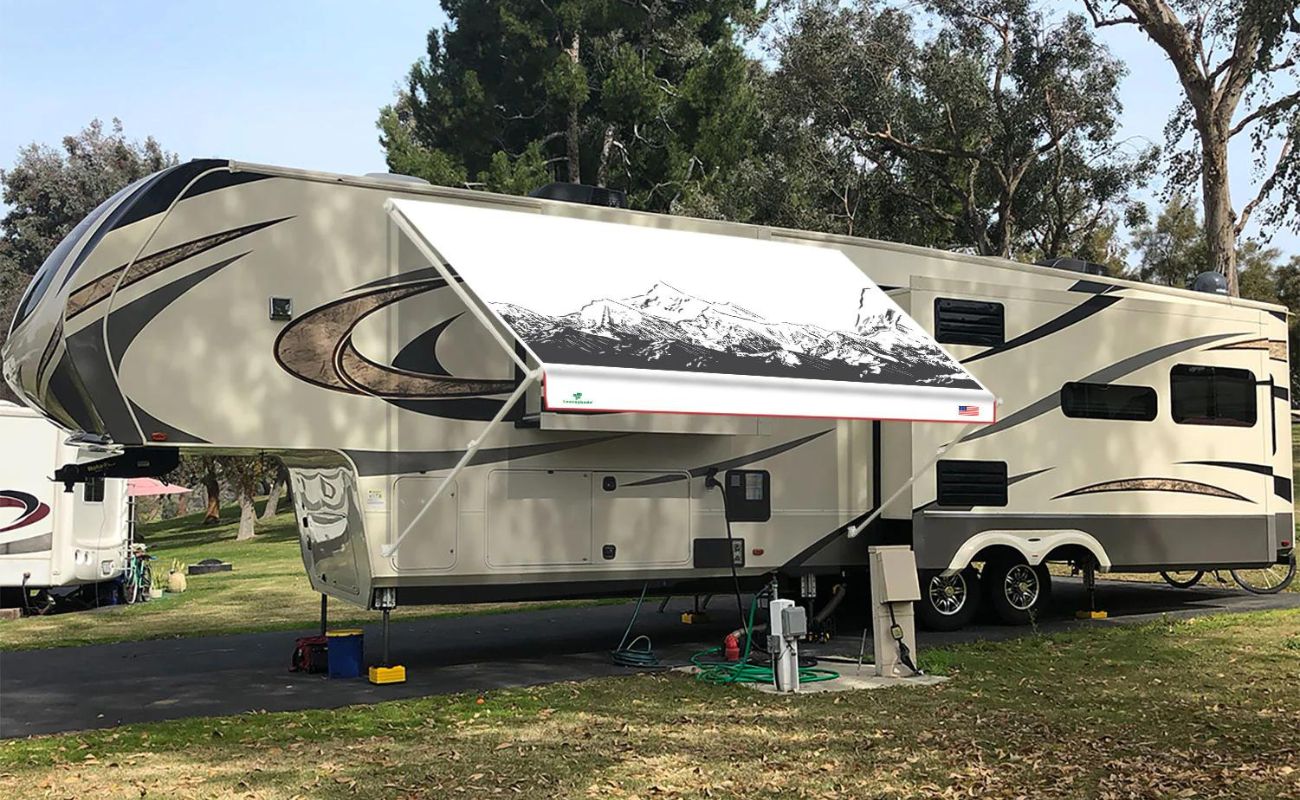
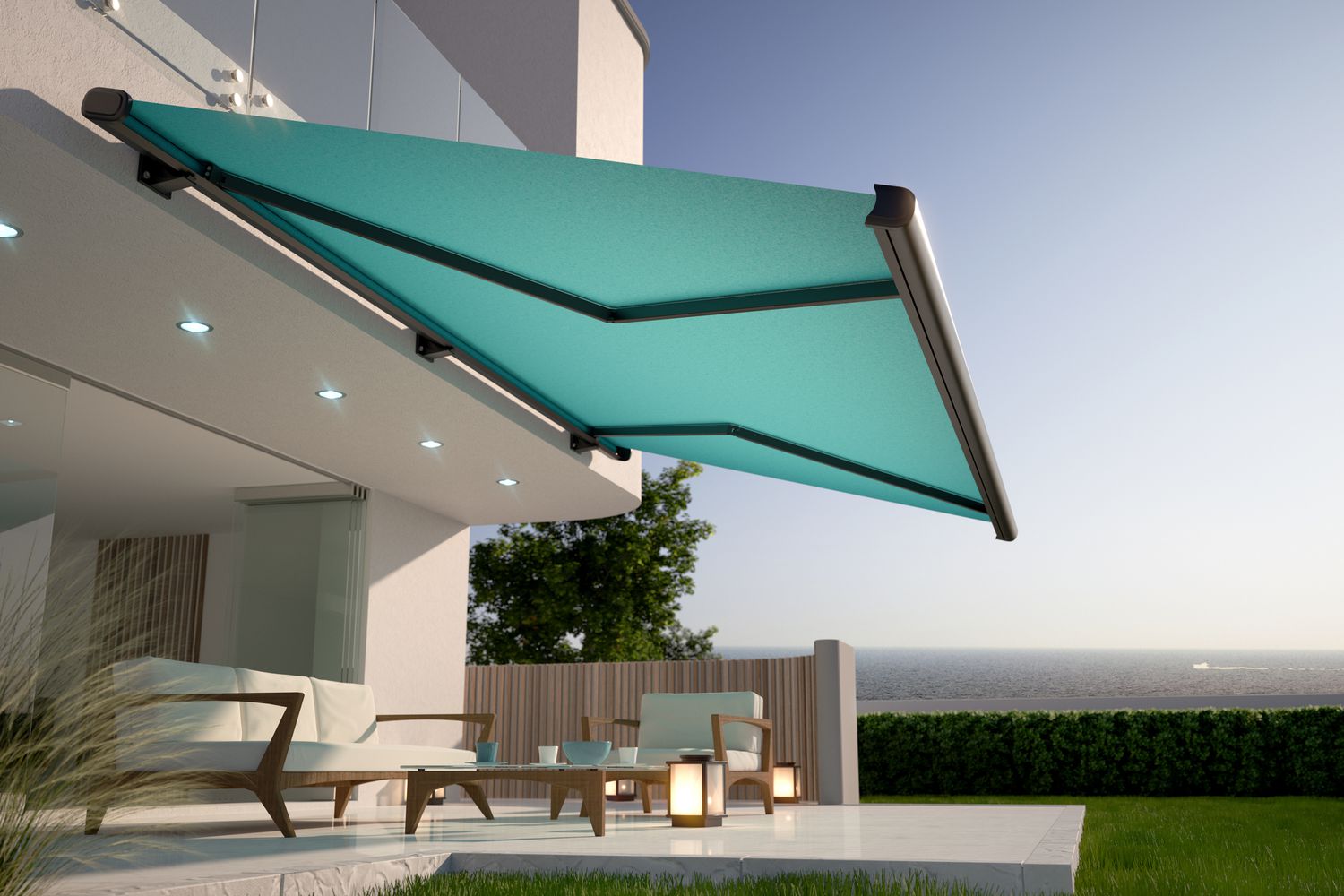
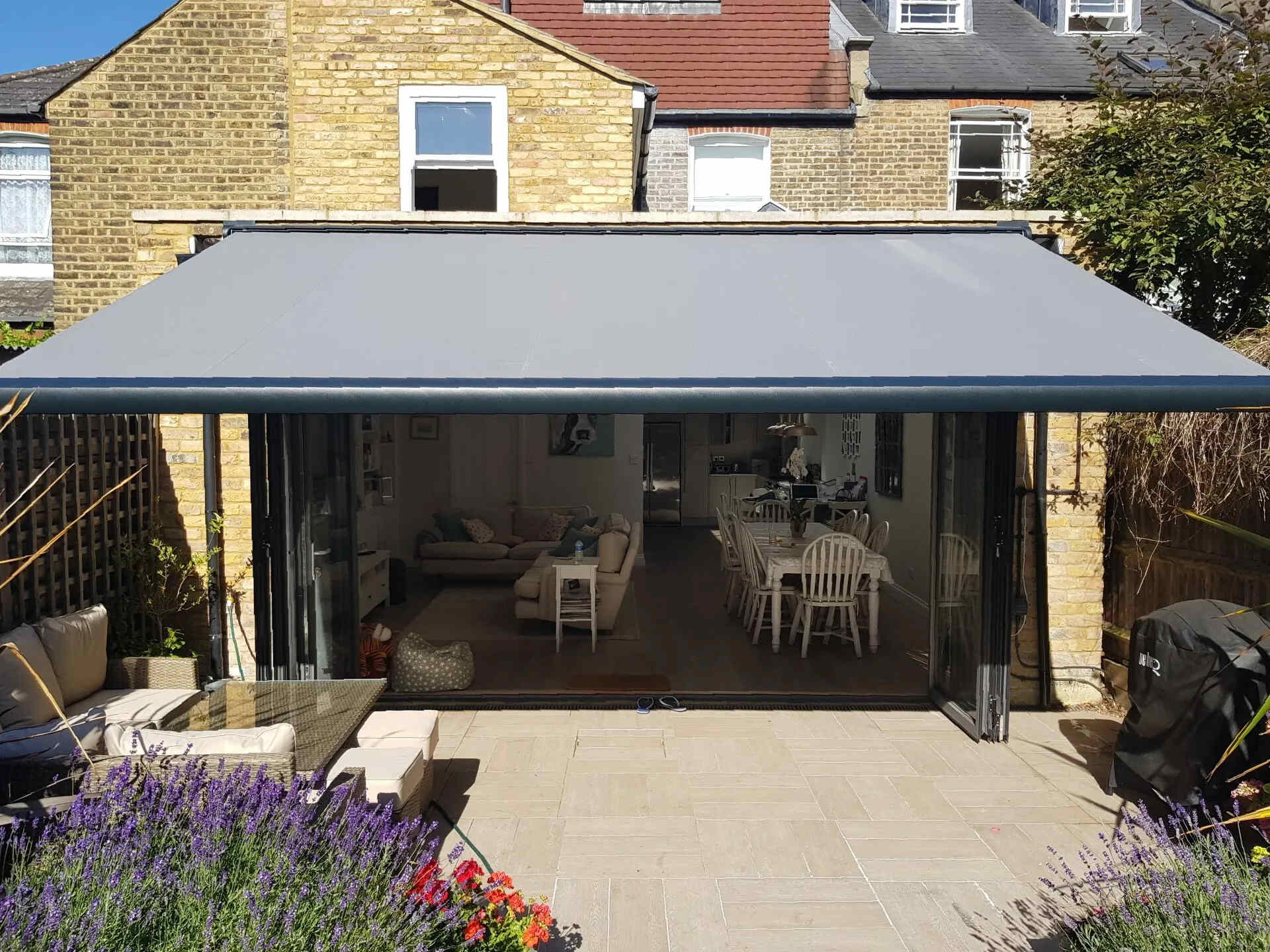
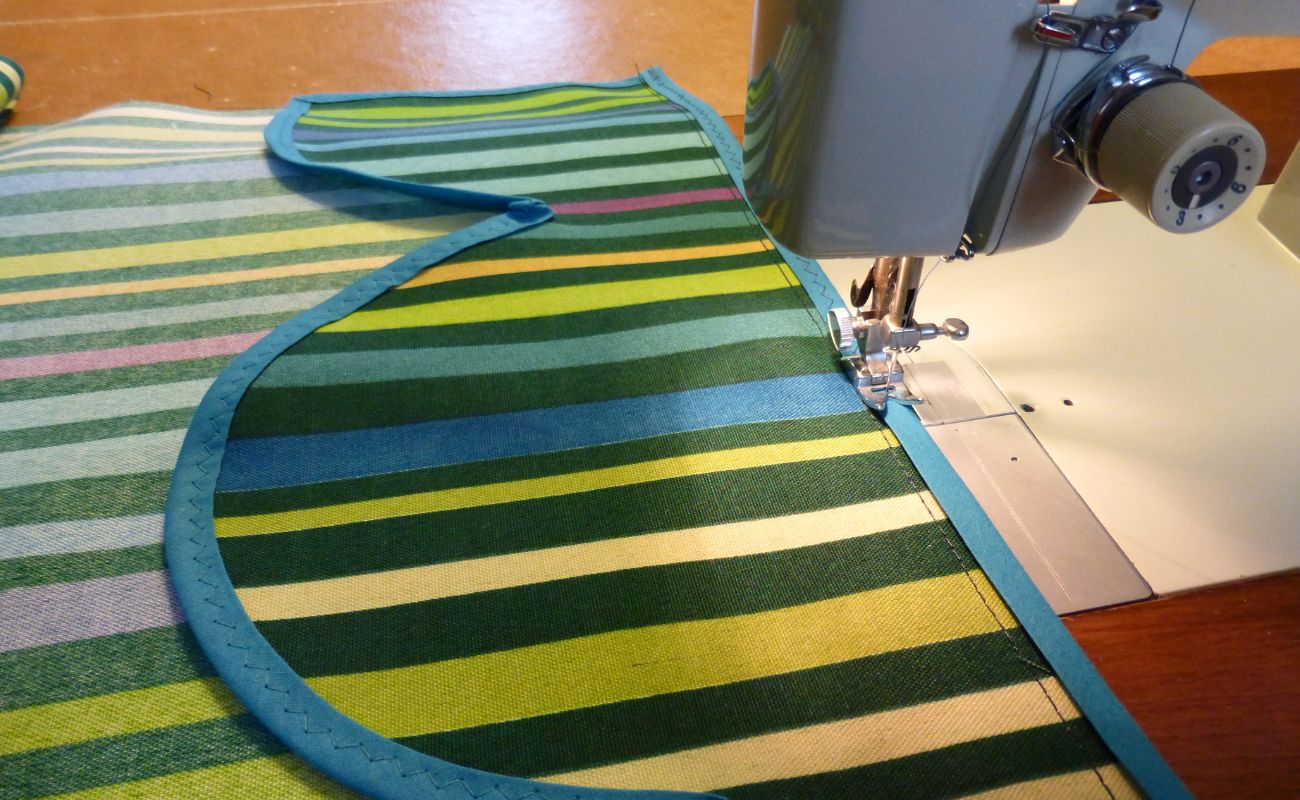
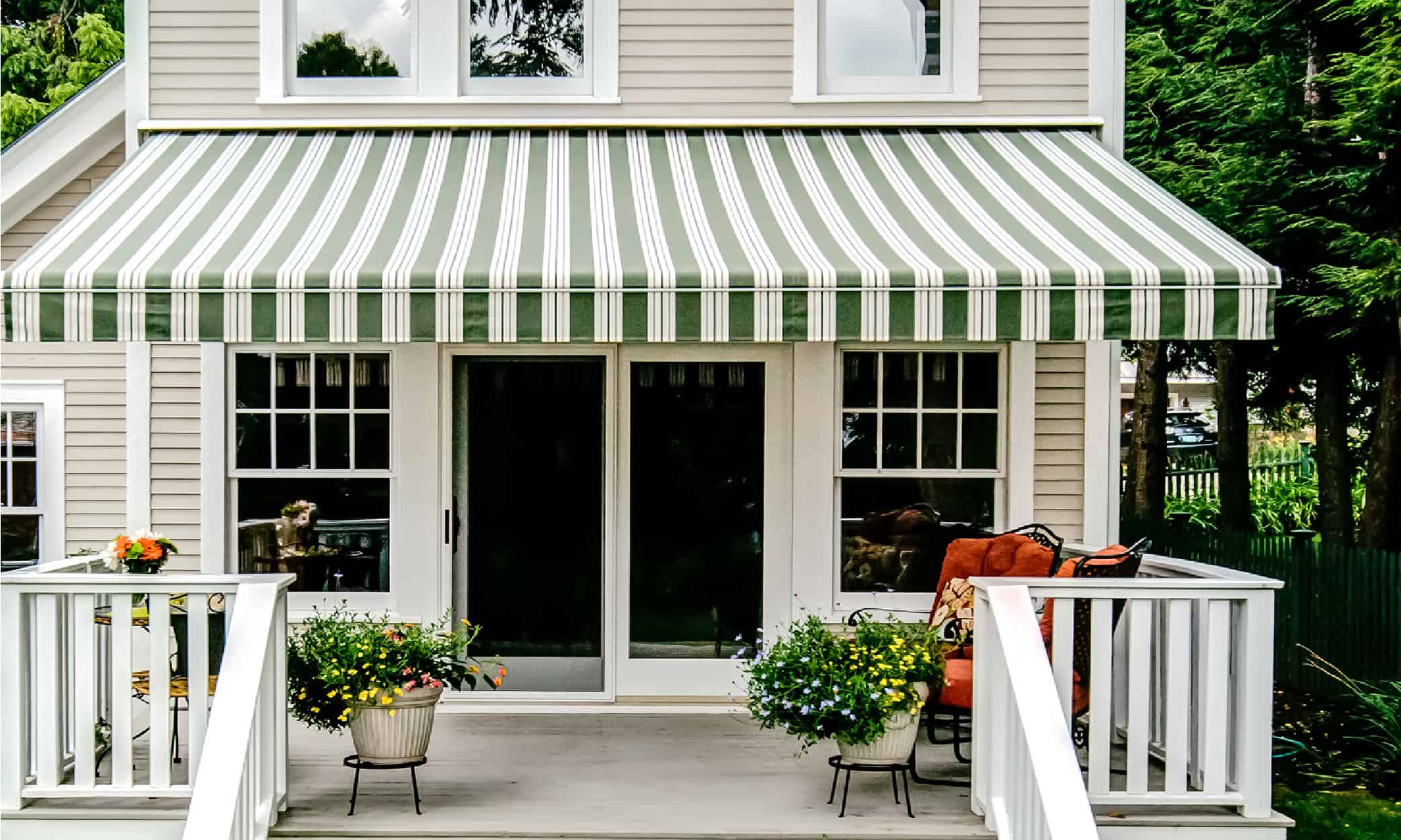

0 thoughts on “What Is An Awning”